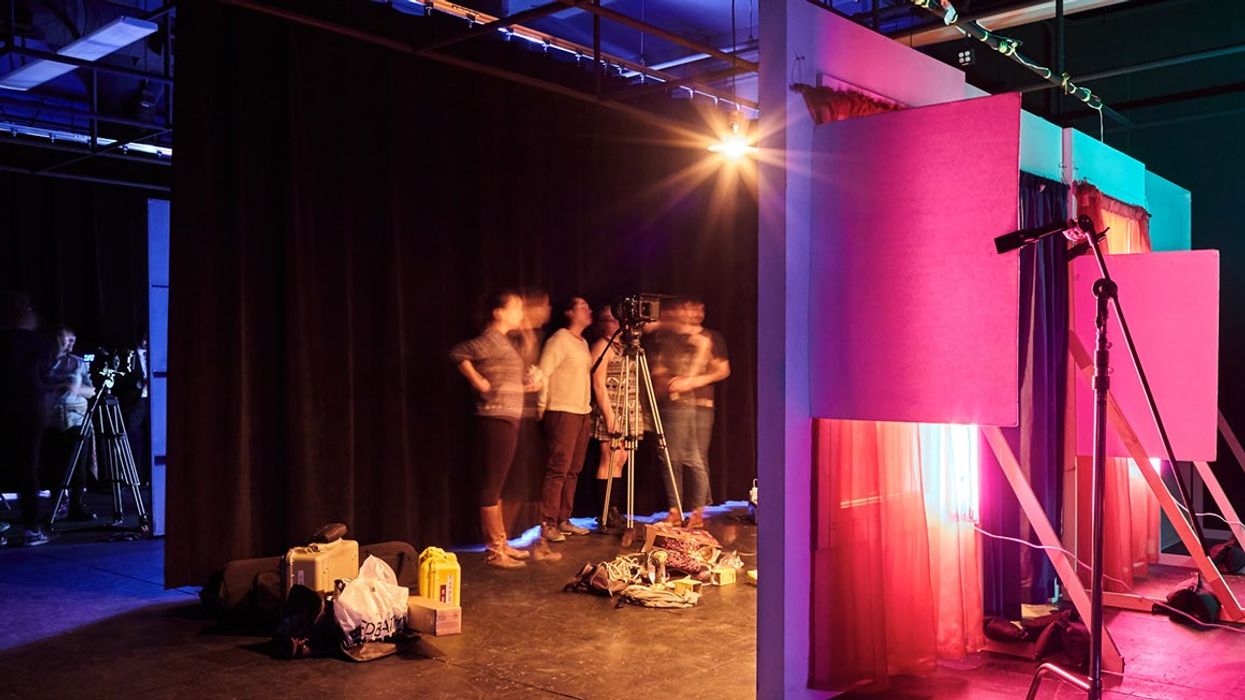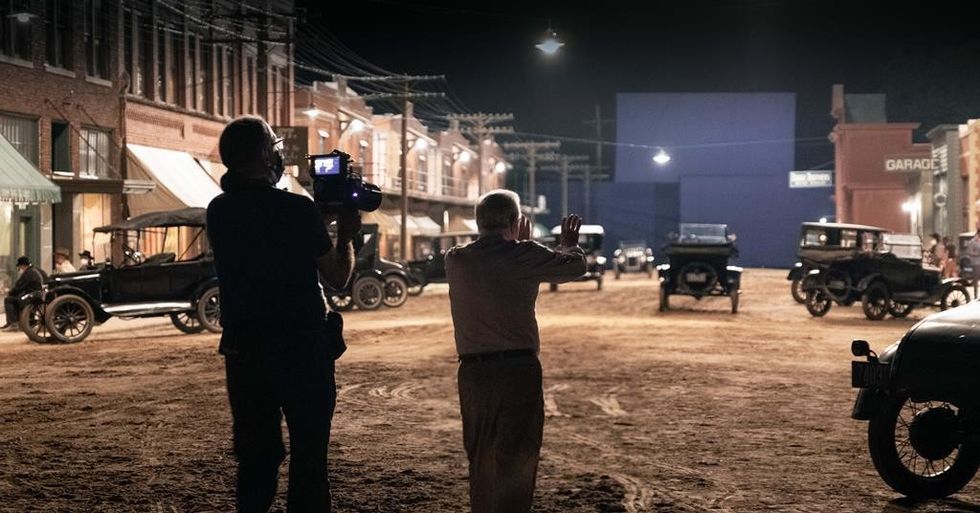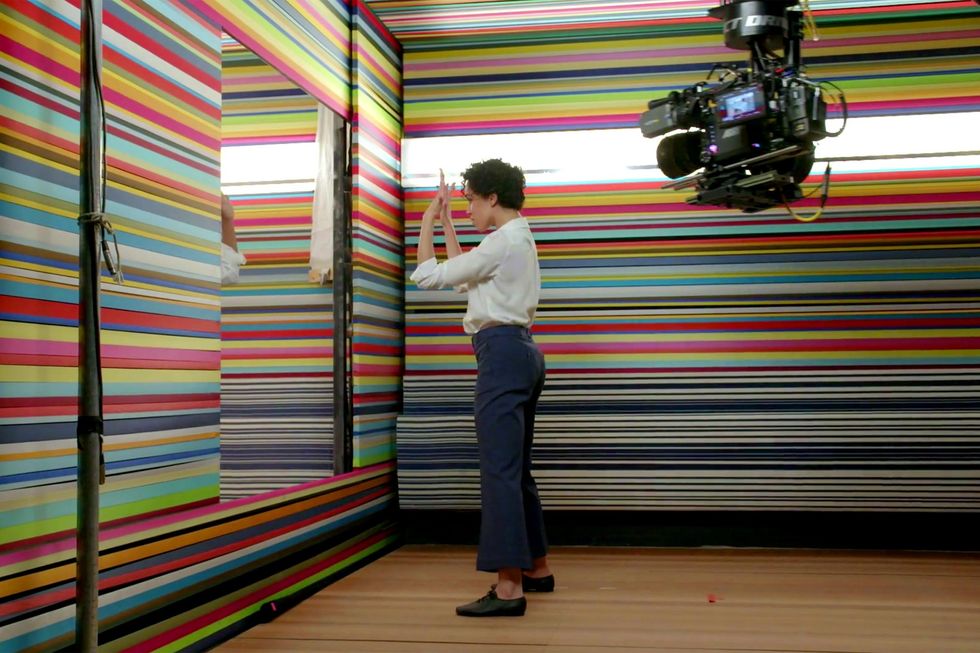Easily Color Match Different Camera Sources with CineMatch
With CineMatch from FilmConvert, you can match footage from different cinema, mirrorless, and DSLR cameras in a few simple steps.

When it comes to color correction, one of the most tedious things is matching different camera sources in the grade. It's a challenge that's a part of not only low-budget projects but every type of production, as well. Cinematographers will mix ARRI with RED, Sony with Panasonic, film with digital.
The Last Jedi, from DP Steve Yedlin, famously shot half of its visuals on film and the other half digitally and was able to match the two formats seamlessly.
However, not every filmmaker is going to have access to the most talented colorists or film processing available.
That's where programs like CineMatch come in, a camera-matching plugin that's available for Premiere Pro and DaVinci Resolve, with a version for Final Cut Pro X coming soon.
If the name sounds familiar, the software has been in development for the last four years, and we've tracked its progress dating back to 2017. Now, the full release of CineMatch is available.

CineMatch vs. FilmConvert Pro vs. Nitrate
FilmConvert is also behind FilmConvert Pro, a popular film emulation tool that allows you to apply different film stocks to your video and adjust them as you see fit. The plugin allowed you to easily match multiple cameras to favorite film stocks like Kodak 5207 or Fuji 8543. The drawback is that it works via sRGB processing, so any corrections are locked into the base grade.
With the updated Nitrate, it added more flexibility in controlling the emulation as it switched to Cineon-Log and Log processing, which gives you more control over the shadows and highlights without losing detail.
What makes CineMatch different is that it's a tool designed to match one camera to another at the sensor level. Similar to Nitrate and FilmConvert Pro, CineMatch has dedicated camera packs that convert your footage from a single Log or RAW picture profile to another. The camera packs are used so that the plugin knows the exact picture profile before applying the new color science.
Let's say you're shooting SLog3 on one camera and C-Log on another. With CineMatch, you can use the Sony camera pack to match everything to SLog3. Or if you wanted to match Slog3 to ARRI Log C, you can do that too.
Essentially, CineMatch allows you to match Log sources to Log targets. Cool, right? So if you have a favorite LUT that designed for a specific camera, you can use CineMatch to match the cameras and then apply the LUT to the timeline instead of correcting the footage manually.
It's going to be a huge time-saver.

CineMatch Features
CineMatch has camera packs available for many of the major camera manufacturers, including RED, Sony, Panasonic, Blackmagic Design, Canon, Nikon, and even DJI and GoPro.
To further correct the image, the plugin has tools to match and adjust clips as well as options to correct exposure, white balance, or mismatched lenses. There's also a false color view to let you identify areas that need to be adjusted as well as an HSL selector to modify individual colors. FilmConvert also told No Film School that CineMatch is more accurate than the Color Space Transform or ACES conversion in DaVinci Resolve.
What's cool about CineMatch is that you can still use it on a single-camera project. Say you're shooting Sony and prefer ARRI's colors. You can apply the ARRI Alexa camera pack to take advantage of its skin tone reproduction. Better yet, you can use CineMatch and Nitrate/FilmConvert Pro together.
Whether it's software that can match camera sources, or machine learning AI that can color grade, technology today is heading in the direction to make our jobs a little easier.
CineMatch is available now for Premiere Pro and Resolve for $259. The company also offers a free trial if you want to check it out first before committing.


 Go Behind the Scenes of the Filming of 'Killers of the Flower Moon'
Go Behind the Scenes of the Filming of 'Killers of the Flower Moon' BTS of Spike Jonze's Apple Ad Apple
BTS of Spike Jonze's Apple Ad Apple









